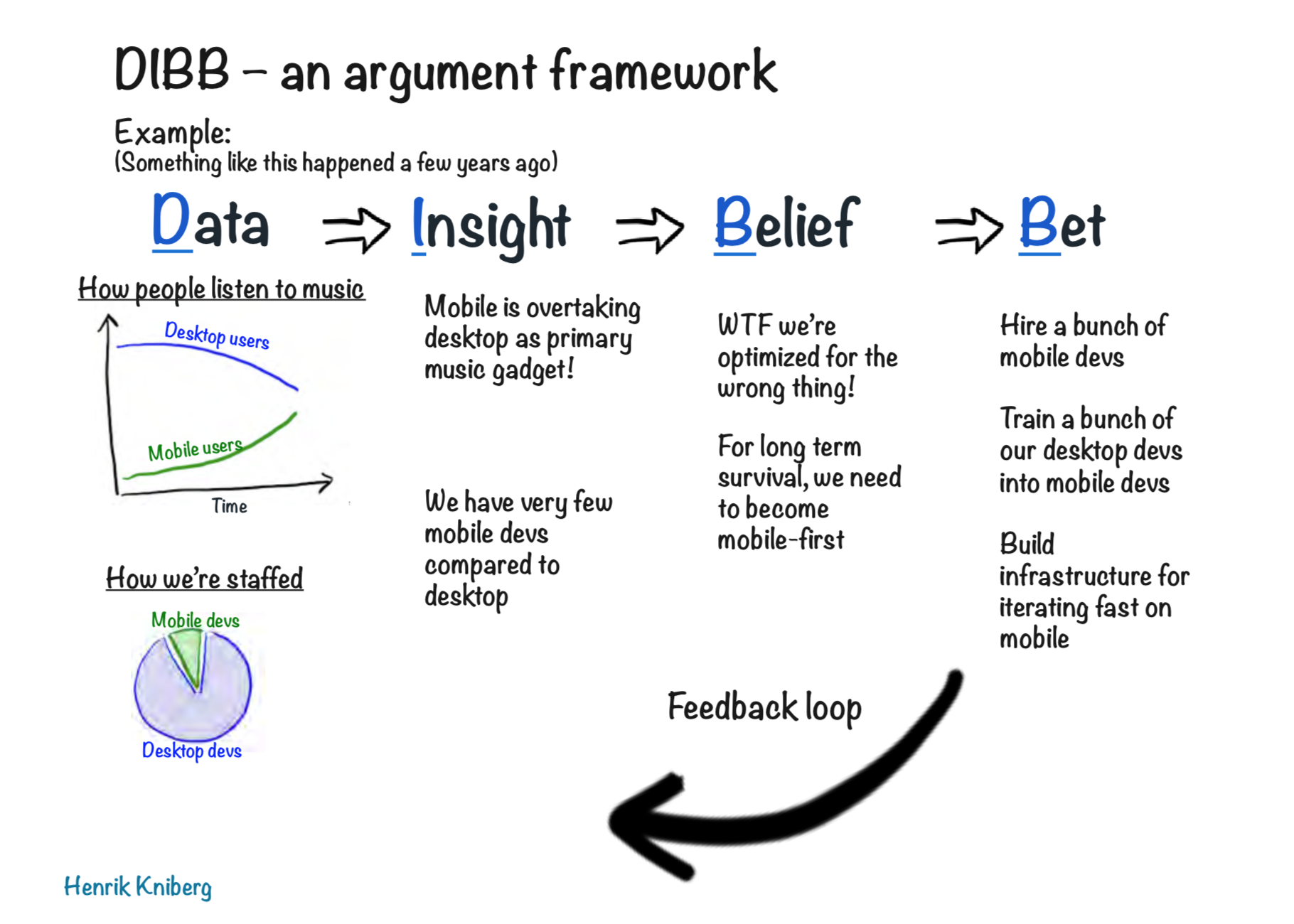Successful agile organizations are strongly oriented towards a common mission despite the guiding principle of self-organization. Autonomy requires orientation, otherwise it leads to chaos. Of course, all other organizations also claim for themselves an appropriate vision and mission. Agile organizations, however, are more impact-driven. They focus more on outcomes and measure the impact that these outcomes make. Traditional organizations are more input-driven inasmuch they try to plan exactly which input in terms of resources is needed
Traditional Organizations Analyze, Plan & Execute
Traditional organizations are heavily plan-driven. A project is broken down, analyzed and planned. This is a tedious process of coordination and agreement that kills a lot of innovation right from the start. In this process, the time and effort required for the project (which has become rather bloated in the meantime) is being planned and estimated. This is then compared with an assumed business value.
The better the relationship between effort and value, the higher the probability of approval, which often leads to underestimated effort and risk and to overestimated and embellished business value. After all, the project in which so much time has already been invested for investigation and evaluation should also be implemented (which, despite all rationality in the analysis, is not very rational; see Escalation of Commitment).
It is fundamentally the confusion between effectiveness and efficiency that stands between doing the right things and doing things right. There is surely nothing quite so useless as doing with great efficiency what should not be done at all.
Peter Drucker (1963) Managing for Business Effectiveness. p. 53 – 60.
After all, the value, i.e. the expected impact, did matter at the time of approval. Later, it quickly fades into the background. This is neither an accident nor an inability of the staff carrying out the work, but rather there is a method in it. And this method has its origin in Taylorism: First, one analyzes and plans and this analysis constitutes the basis for a decision (by the management).
Once this decision has been made, the plan is ready for implementation. From this point on, the unquestioned assumption is that a timely implementation of the agreed delivery results also brings the expected value and shows the expected impact. Therefore, the focus is on execution and delivery and the resources required for this. The value is reviewed at the end of implementation if at all.
Agile Organizations Try, Inspect & Adapt
Working software is the primary measure of progress.
Principles behind the Agile Manifesto
Agility is essentially based on short feedback loops. For this reason, in Scrum, for instance, there is a potentially shippable product increment at the end of each sprint. This allows the assumed impact to be checked after each sprint. In agile companies like Spotify and Amazon, the teams also do this by performing A/B tests live with their users again and again, i.e. they show some of the customers the new or modified feature and some the previous one and then evaluate the impact.
However, this requires that everyone is clear about what impact is desired at the moment. Objectives & Key-Results, for example, are useful for this orientation, describing in a well-structured way on several levels which goals are currently being pursued (Objectives) and how one can measure whether one is approaching them (Key-Results). With this knowledge, each team can align itself to the objectives and evaluate the impact of its work.
After Objectives & Key-Results, Spotify has switched 2016 to its own framework DIBB, which stands for the chain of deduction “Data > Insight > Belief > Bet”. In the picture above, the feedback loop is crucial again. Accordingly, every bet has a “success metrics” section in its two-page description, as Henrik Kniberg describes in his blog post and the slides linked in it. In order to support this Spotify (like many data-driven agile companies) constantly collects data on user behavior in order to generate new insights and to deduce or check beliefs and bets in short cycles (at company level every quarter and below correspondingly faster).




